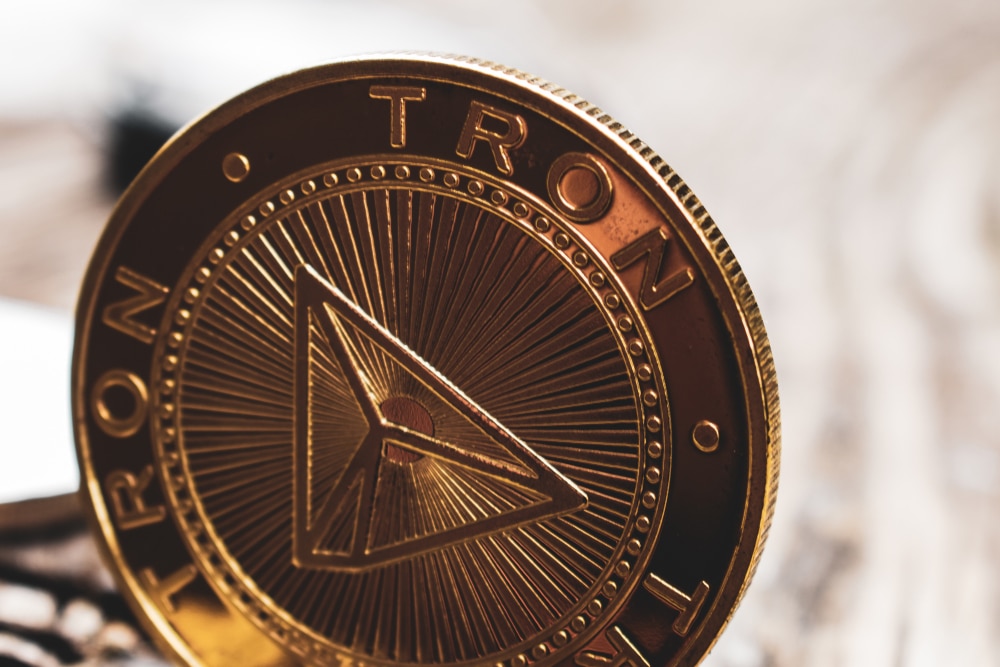The TRON USDD algorithmic stablecoin is on the verge of losing its USD peg as the asset slipped to $0.97 to the dollar earlier in the day. As a result, the recent event would likely put more pressure on the USDD-DeFi paired pools on the Curve network.
At the time of writing, the stablecoin makes up about 82% of the USDD/3CRV reserves in the Curve Pool DeFi protocol. This pushes the percentage down to the previous 86%, and the depeg may be harmful when swapping USDD with other DeFi tokens like DAI or USDC.
After the October 16 slump, USDD needs help maintaining its parity with the U.S. dollar. However, the asset last experienced a spike to $1.04 on November 14 but fell back below $1 after a brief moment.
Furthermore, on December 12, the stablecoin fell to a new low of $0.97 before slightly rebounding to $0.98, which is still less than its October high. Similarly, TRON’s native token, the TRX, is trading in the red, recording a price slump of more than 3.5% for the day.
Reacting to the latest depeg, TRON’s founder, Justin Sun, announced the deployment of more capital to push back the decline. According to on-chain data, Sun’s wallet moved close to $1 million worth of TUSD to help shore up TRON’s reserve and return the stablecoin’s value to parity with the dollar.
In a Twitter post, Sun noted that the USDD is over-collateralized by 200% by several top crypto assets. Following the collapse of the Terra ecosystem, the crypto industry has been battling to contain one of the biggest disasters in history.
As a result of the fiasco, all of the top stablecoin issuers have claimed to have overcollateralized their assets. After the Terra collapse, the crypto industry was on the verge of recovering, only for the FTX crash to stop all previous revival plans.
The FTX crash has sparked another phase of fears that another algorithmic stablecoin is about to collapse, similar to Terra UST.
What’s Next For Algorithmic Stablecoins?
With a slew of algorithmic stablecoins in the market, a fall of one would likely raise fears in the industry as users usually feel that the next crash is just around the corner. Following the crash of Terra UST and amid the gloom, experts have continuously noted that this will not end algorithmic stablecoins.
With first-generation stablecoin assets like Tether’s USDT and Circle’s USDC still maintaining a firm grip on the market, the future is still bright for the industry. However, not all algorithmic stablecoins can survive the turbulence when the market situation goes south.
But with USDT, USDC, and BUSD leading the pack, the ecosystem still has something to hold on to in times of distress. Meanwhile, the current USDD scare is another pointer that proves that stablecoins, like other crypto assets, are vulnerable to market conditions.
At Tokenhell, we help over 5,000 crypto companies amplify their content reach—and you can join them! For inquiries, reach out to us at info@tokenhell.com. Please remember, cryptocurrencies are highly volatile assets. Always conduct thorough research before making any investment decisions. Some content on this website, including posts under Crypto Cable, Sponsored Articles, and Press Releases, is provided by guest contributors or paid sponsors. The views expressed in these posts do not necessarily represent the opinions of Tokenhell. We are not responsible for the accuracy, quality, or reliability of any third-party content, advertisements, products, or banners featured on this site. For more details, please review our full terms and conditions / disclaimer.

